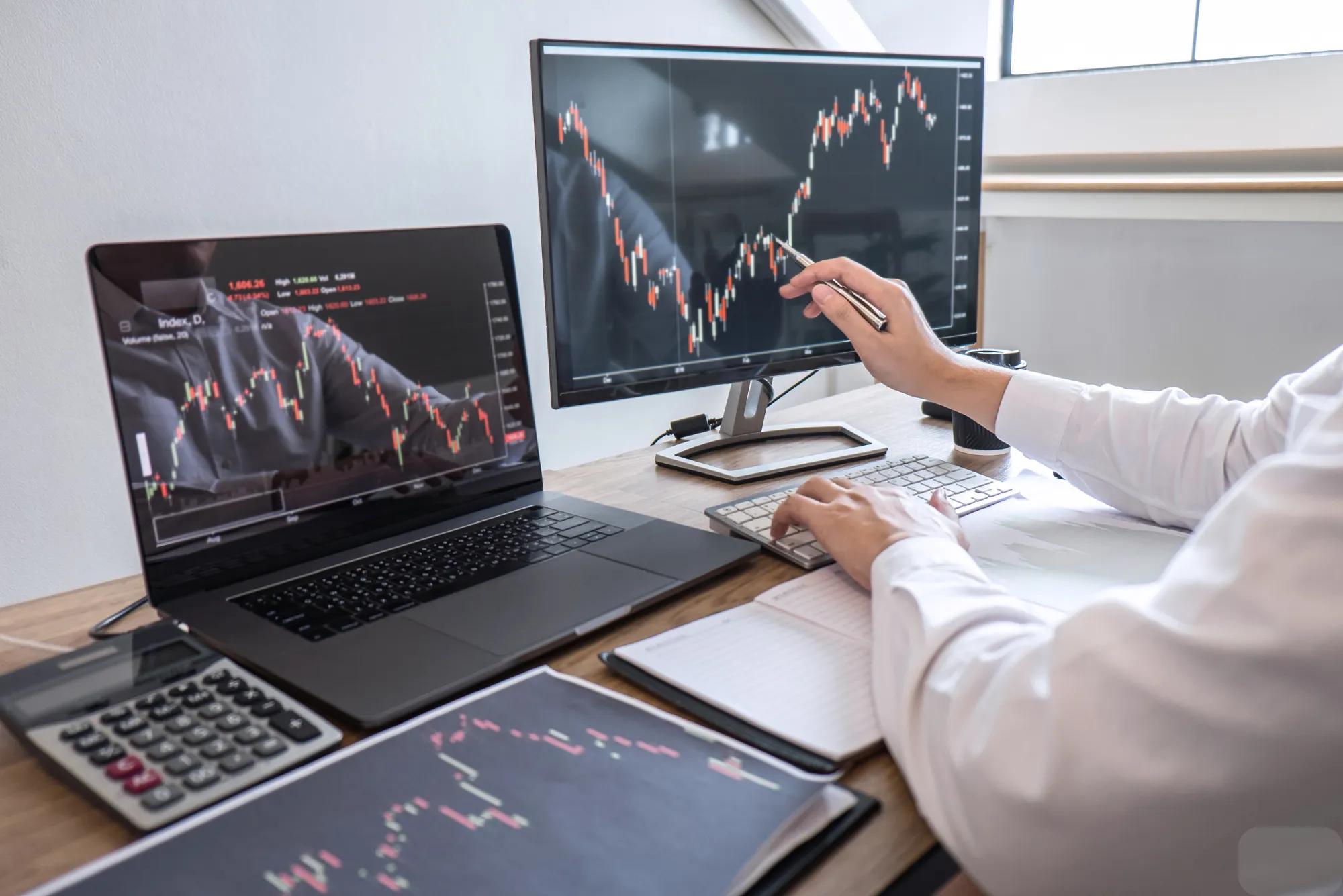Understanding and applying the Ideal Gas Law—PV = nRT—is essential for students, engineers, researchers, and innovators working in chemistry, energy systems, and material sciences across regions like Pakistan, UAE, UK, and the US. Yet, calculation errors often occur due to incorrect units, temperature assumptions, and real-world conditions. This guide shares practical, expert-approved, and geo-focused tips to help you enhance accuracy using modern tools and smart methods.
Understanding Ideal Gas Law for Real-World Precision
Quick Answer: Ideal Gas Law works best under moderate pressure, standard temperature, and using accurate measurement units.
The Ideal Gas Law formula relies on assumptions that gases behave perfectly under certain conditions. However, in real laboratory environments—such as those in Lahore, Karachi, or Dubai—variables like humidity, non-standard pressure, and temperature can affect results. Accurate calculations depend on standardized units, correct constants, and reliable tools.
Tips to Remember:
-
Use Kelvin instead of Celsius.
-
Always convert pressure to atm, kPa, or Pa.
-
Use digital measuring equipment for precise lab results.
Use Temperature Conversion Smartly
Quick Answer: Always convert Celsius to Kelvin by adding 273.15 for accurate calculations.
Temperature plays a major role in gas behavior. In countries like Pakistan and India, where weather swings between extreme heat and cold, temperature miscalculations directly impact your gas law outputs.
Example:
If temperature = 25°C
Convert to Kelvin: 25 + 273.15 = 298.15 K
Avoid These Mistakes:
-
Using Celsius directly in calculations
-
Ignoring temperature fluctuation in outdoor experiments
-
Assuming room temperature without measuring
Importance of Pressure Conditions
Quick Answer: Standard pressure (1 atm or 101.3 kPa) gives the best prediction for gas behavior.
Pressure varies significantly based on altitude and location. For example:
-
Murree (Pakistan) – higher altitude, lower air pressure
-
Karachi (Pakistan) – sea level, standard atmospheric pressure
Helpful tips:
-
Always convert mmHg to atm or kPa
-
Use barometers in laboratory setups
-
Avoid using assumed pressure when accuracy is required
Choose the Right Gas Constant (R)
Quick Answer: Use the gas constant matching your pressure and volume units.
| Units Used | Gas Constant (R) |
|---|---|
| L·atm/mol·K | 0.0821 |
| J/mol·K | 8.314 |
| m³·Pa/mol·K | 8.314 |
Why It Matters:
Using incorrect R values causes calculation errors by 5–15%, especially in academic testing and industrial calculations.
use Digital Tools for Precision
Quick Answer: Digital gas law calculators reduce manual errors and improve speed.
Manual calculations often lead to mistakes in unit conversions or constants. Digital tools offer more reliable and faster outputs with high accuracy.
Use this powerful ideal gas law calculator for improved precision in labs and academic use:
ideal gas law calculator (https://needscalculator.com/chemistry-gas-law)
Apply Corrections for Real Gases (Van der Waals)
Quick Answer: Ideal Gas Law is less accurate under high pressure or low temperature; apply correction formulas for better results.
Real gas behavior deviates when:
-
Temperature drops below 0°C
-
Pressure exceeds 4 atm
-
Gas particles interact or occupy space
Use Van der Waals equation for enhanced corrections in industrial or research-based applications.
Midpoint Contextual Promotion – Trusted Tech Collaboration
In Pakistan, smart engineering and educational solutions are rapidly evolving. One standout example is an innovative technology company in Pakistan (https://dhanoteitpark.pk/) offering digital learning tools, tech training programs, and smart problem-solving platforms that help students, developers, and scientists improve their engineering and chemistry calculations.
Smart Lab and Industrial Applications
Quick Answer: Ideal Gas Law helps in petroleum, HVAC systems, medicine packaging, and food processing.
Industries using gas law:
-
Chemical manufacturing
-
Gas cylinders and compressor stations
-
Refrigeration and HVAC (Lahore, Dubai, London)
-
Pharmaceutical storage (Islamabad, Riyadh)
Example:
Food packaging industries in Karachi and Dubai use gas law principles to calculate the right nitrogen or CO₂ levels for preserving products.
Use Verified Digital Platforms for Reliable Results
Quick Answer: Choose platforms with verified formulas, real-time applications, and unit conversion accuracy.
If you’re looking for instant, science-backed outputs with clean interface and precision, try this tool to get quick and reliable calculations:
get quick and reliable calculations (https://needscalculator.com/)
Expert Insight
“Accuracy in chemical and gas law calculations depends less on formulas and more on how carefully we apply them with correct units, pressure conditions, and digital tools.”
— Dr. Sarah Ahmed, Engineering Research Fellow, UAE
FAQs
Q1. Why do Ideal Gas Law calculations go wrong?
Errors mostly happen due to incorrect unit conversions, pressure assumptions, and using Celsius instead of Kelvin.
Q2. Can Ideal Gas Law be used for LPG and CNG calculations?
Not always. These gases deviate from ideal behavior under high pressure, so Van der Waals or real gas equations work better.
Q3. How does altitude affect gas law accuracy?
Higher altitudes (e.g., Murree, Nepal) have lower atmospheric pressure, causing changes in volume and pressure outputs.
Q4. Which industries use Ideal Gas Law in Pakistan?
Used in fertilizer production, gas cylinder manufacturing, HVAC, medical oxygen packaging, and energy research labs.
Q5. Is Ideal Gas Law valid at very high temperature?
Yes, accuracy improves when temperature and pressure conditions approach moderate to high range.
Q6. Which calculator is best for chemical students?
A calculator with built-in conversion, formula auto-application, and R-value selection is ideal for students and professionals.
Q7. What is the most common mistake in PV=nRT?
Using Celsius instead of Kelvin and forgetting to convert pressure to atm or kPa.
Final Thought
As an educator and tech enthusiast from Pakistan, I’ve seen how chemistry and Engineering Students struggle with gas law concepts due to unit conversion issues and lack of real-world application understanding. In classrooms across Lahore and Karachi, I’ve introduced digital calculators and real-case examples, and the results have been phenomenal—students started calculating faster and more confidently. With growing technological initiatives and government-backed tech parks, Pakistan is on the right path to scientific excellence, empowering the youth to perform smarter, not harder.



